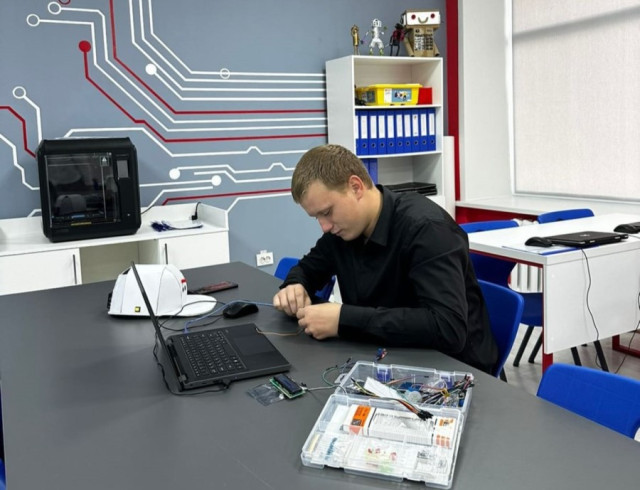
No to heart attacks, strokes and gangrenes. Effective invention from Kazakh scientists will reduce mortality and disability rate from the most common diseases of our time. Domestic researchers developed new methods for the treatment of arterial pathologies. Their device allows to restore the patency of blood vessels. Employees of the scientific center have already received patents, both from Kazakhstan and from the Eurasian Patent Office.
“Uniqueness of our method lies in the fact that our device allows you to remove completely atherosclerotic plaques from the artery. In simple terms, it will clean the artery. Our device is unique because you can clean several arteries with one incision. This is the first advantage. The second is that in a year or two, as a preventive measure, this device can clean the arteries again. That is, you can clean as many times as you need, which you can’t do during stenting. Especially considering that after stenting a metal lattice remains in the artery for the rest of a person’s life, which can lead to a lot of complications,” said Oralbai Darmenov, Director of Center for Vascular Pathology at Al-Farabi Kazakh National University.
According to the professor, the use of such devices provides for a relatively better prognosis and the quality of treatment than well-known and complex procedures, such as vascular stenting, as well as open bypass surgery on the vessels of vital organs such as the heart, the brain and arteries of the lower extremities.
“Our device is a novelty in the world. In the future, we are going to force stenting and bypass surgeries out of the market. This method can be used for people who have chronic atherosclerotic lesions of arterial vessels. Every fourth person at the age of 40 and every second at the age of 60 suffers from atherosclerosis,” Darmenov added.
The new treatment method will be more accessible to patients, the developers say. The cost of domestic devices allows this. Now scientists are working on the creation of laboratory and industrial samples for clinical trials and commercial production.
Editing by Galiya Khassenkhanova









